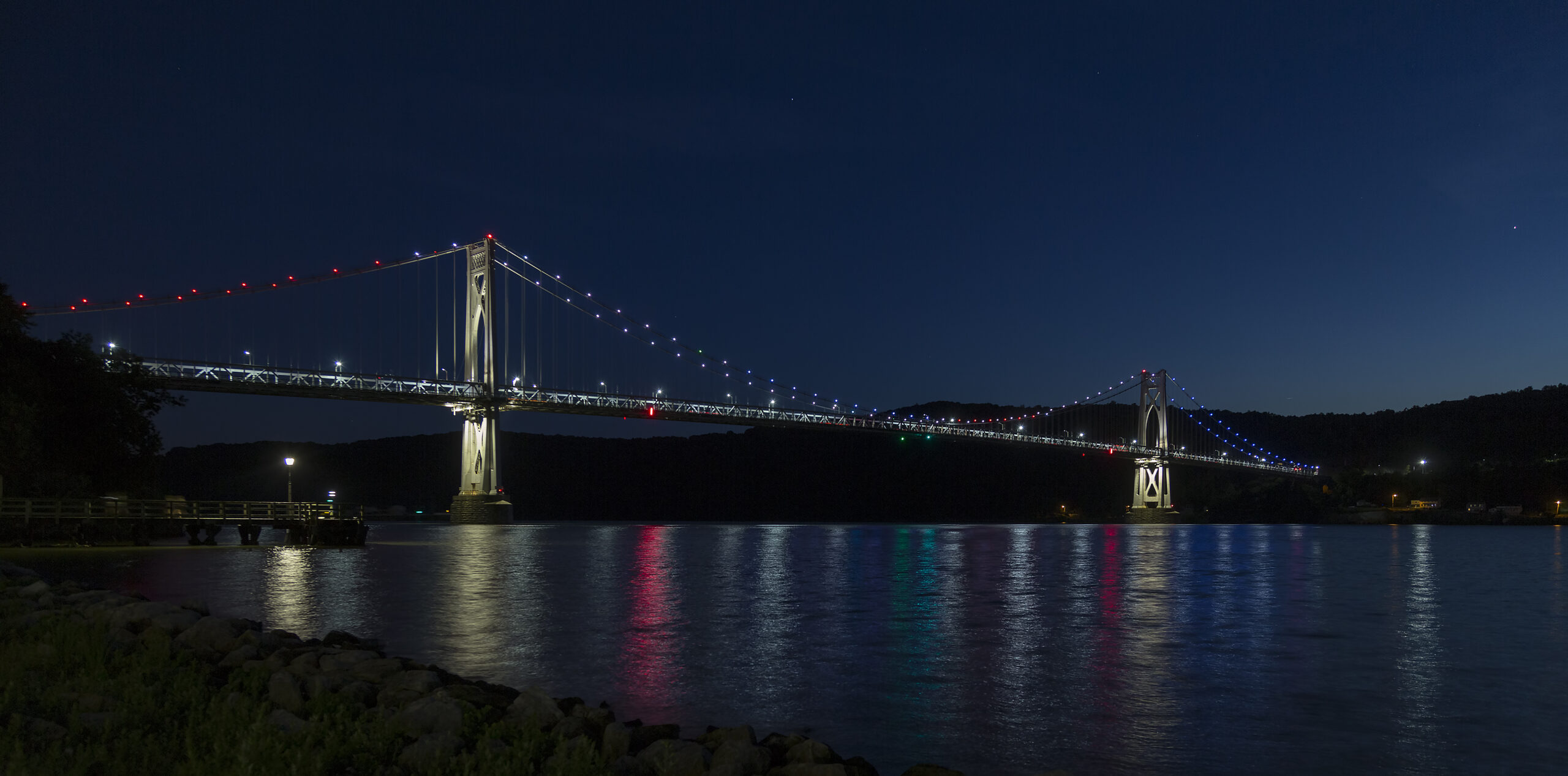The Hudson River Palisades are a line of steep cliffs along the west side of the Hudson River in Northeastern New Jersey and Southeastern New York. These remarkable geological formations have a rich history and offer breathtaking views for visitors.
What is the Origin of the Name ‘Palisades’?

The term “Palisades” is derived from the Latin word “palus,” meaning stake. The name was first used to describe these cliffs because they resemble a fence of stakes or tree trunks. The Lenape Native American tribe called the cliffs “Wee-Awk-En,” which translates to “rocks that look like trees” or “rocks that look like rows of trees”. This name was later adopted as the name of a town in New Jersey, Weehawken, which sits at the top of the cliffs across from Midtown Manhattan.
How was the Palisades Interstate Park Established?

The Palisades Interstate Park was established in 1900, with the Palisades Interstate Park Commission overseeing 24 park units covering a total area of 150 square miles (388 square km) in New York and New Jersey. The park is significant for its conservation and recreation efforts, offering facilities for hiking, swimming, fishing, boating, camping, picnicking, golfing, rock climbing, and skating. The park is linked by the 42-mile (68-km) Palisades Interstate Parkway, which extends from George Washington Bridge in Fort Lee, New Jersey, to Bear Mountain Bridge in New York.
What Geological Processes Formed the Palisades?
The Palisades are formed from basalt and diabase, dark-colored igneous rocks that were created during volcanic eruptions around 200 million years ago. These eruptions occurred during the Triassic Period, when the supercontinent Pangaea began to break apart. The lava intruded into the sedimentary rock under the Newark Basin, forming the Palisade Sill, which slowly cooled and altered the size and makeup of the rock. The cliffs are about 300 feet high at Weehawken, increasing to 540 feet high near their northern end.
Key Facts about the Hudson River Palisades
| Fact | Value |
|---|---|
| Location | Northeastern New Jersey and Southeastern New York |
| Height | 300 feet at Weehawken, increasing to 540 feet near the northern end |
| Length | Approximately 20 miles (32 km) from Jersey City to near Nyack, New York |
| Geological Age | Formed around 200 million years ago during the Triassic Period |
| Rock Types | Basalt and diabase, dark-colored igneous rocks |
| Conservation Efforts | Palisades Interstate Park established in 1900 |
Historical Highlights of the Palisades
- First Documentation: Giovanni da Verrazzano was the first to document the existence of the Palisades onto a map, describing the cliffs as looking like a “fence of stakes”.
- Duels: The Palisades were the site of 18 documented duels between 1798 and 1845, including the famous duel between Alexander Hamilton and Aaron Burr.
- Industrial Use: In the 1910s, the Palisades cliffs were used as filming locations, and during the early 20th century, signs advertising patent medicines and other products covered the rock face.
The Hudson River Palisades are a remarkable natural wonder, offering stunning views, rich history, and abundant recreational opportunities. Whether you’re a nature enthusiast, a history buff, or simply seeking a breathtaking outdoor experience, the Palisades are a must-visit destination in the Northeast.
